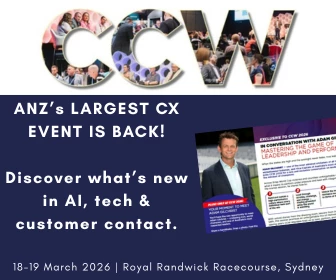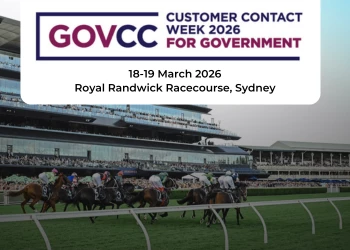Give a Little Bit, Get Lost: Customer Satisfaction is Not Customer Engagement
Add bookmarkAs the customer experience continues its reign as a chief priority for all business leaders—not just customer management ones—certain elements of customer satisfaction will naturally improve. Customer loyalty programs will continue gaining ground. Advantageous technology will be continually employed to expedite the customer support process. Call center reps will continue reimagining themselves as multi-channel customer relationship managers.
And so, while examples of "customer service horror stories" will never cease to exist and amaze, the baseline customer experience will naturally rise as companies increasingly avoid "red flags" that overtly send customers running for the hills.
Of course, as that bar rises, so too will the very definition of customer service. Expectations will rise, and customers will seek organizations that are irrefutably "customer-centric" rather than ones that simply "don’t screw up." The successful organizations will act on this reality and proactively engage customers to create a legitimately elite customer experience predicated on serving the specific needs of the target audience. The ones who fail will assume that achieving basic standards and performing in accordance with traditional benchmarks—once indeed the defining line between "good" and "bad" service—is enough to keep customers happy and loyal.
It is not, and evidence from Accenture’s "The New Realities of ‘Dating’ in the Digital Age" provides some empirical context.
[eventPDF]
For 2011, customers reported increased customer service levels across all key indicators. On the surface, this appears to be a resounding win for the customer management field.
Unfortunately, expectations for customer service are also on the rise—44% of customers, in fact, said their expectations of quality service have increased over the past year. And, given that climate, 66% of global customers switched providers in at least one industry, building on the 64% the prior year. Better service did not, in fact, yield more loyalty.
This underscores the introductory analysis; customer service does not operate under a set ceiling, and customers will always look for the brand that best engages and drives improvement as a result of the engagement.
Accenture sums it up, "Stated satisfaction doesn’t equal loyalty; and even willingness to recommend a product or service to peers doesn’t in itself equate to growth in a customer’s business. In fact, our research found that in every single industry category, recommenders are more likely to shop around for better deals than non-recommenders."
The lattermost point is particularly telling, as it suggests a specifically-negative implication of customers becoming too "in tune" with customer service practices. Essentially, those who care enough about service levels and are most appreciative of what the brand is actually trying to do for customers ultimately prove to be hardest to please.
Customers satisfied with the technological customer experience offered by a brand, for instance, do not let that satisfaction influence their overall loyalty. These customers are no more loyal to the brand than those unimpressed by the tech offerings and, in fact, are more likely to shop for a competing solution. On the whole, they also demand a more engaging customer experience than the non-tech-savvy customer segment.
Rewards programs point to a similar phenomenon, according to the research. While the majority of customers strongly desire recognition and rewards for their spending habits, only 50% of rewards club members feel any extra loyalty to the brand, a disappointing number that Accenture believes stems from the fact that many rewards programs recognize purchasing tiers that appear arbitrary to customers, who prefer being recognized for their specific behavior.
As businesses continually position customer service at the forefront of their offering, they signal its importance as a competitive qualifier to customers and thus make it clearer than ever that the audience should care about the service it receives. Since most organizations will be able to achieve the "checkbox qualifications" (we have a social customer service team, we have online self-service, we adhere to low call wait times, etc.), the differentiator will thus be a brand’s customer engagement beyond the fundamental "components" of a customer service offering.
The aggregate understanding of the customer is ever-improving, and as a result, businesses are better understanding the essential baseline of a customer experience. They are understanding how best to keep customers content, to keep them from ripping the company apart in a YouTube video or Twitter stream.
But customers see themselves as individuals—not simply an aggregate entity consisting of millions of other people—and thus command service that is dictated by their own wants; not the standards and "best practices" created to meet the needs of an aggregate.
Customers are not self-destructive by nature, and if the customer services "checkpoints" driven by an aggregate customer understanding make their experiences better, of course they will welcome them.
Unfortunately for brands that are not truly customer-centric, these customers will also come face-to-face with the reality that many businesses are minimalists who base service on "market guidelines" rather than a keen appreciation for the voice of the customer. They will see that the improvements they are experiencing were driven by a feeling of obligation rather than a consequence of honest engagement with customers, and they will feel no more loyal to or proud of the brands in question.




















